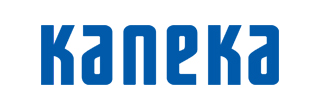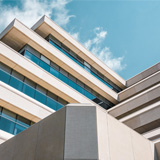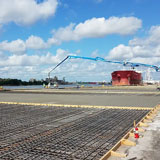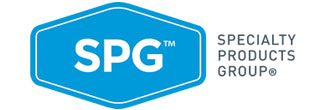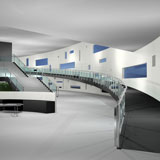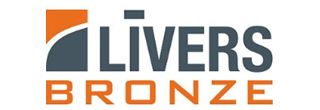JOIN US IN YOUR CITY • REGISTER BELOW • ATTENDANCE REPORTED ON A PER-PRESENTATION BASIS
Houston, TX - Thursday November 20, 2025

Houston, TX
Event Date
Thursday November 20, 2025
7:30 am - 5:30 pm
Available Credits
Up to 8 AIA HSW/LU CE Hour(s)
Up to 2 GBCI General Hour
Up to 1 ADA Accessibility / Barrier-Free Req.
Maggiano's Little Italy
2019 Post Oak Blvd.
Houston, TX 77056
Houston, TX 77056
Event Agenda
Thursday, November 20, 2025
7:30 am
|
|
8:00 am
|
Sponsored By Armortex 1 AIA HSW/LU CE Hour(s) Learning Objectives:
|
9:10 am
|
Sponsored By Westlake Royal Building Products 1 AIA HSW/LU CE Hour(s) Learning Objectives:
|
10:20 am
|
Sponsored By Fiberon 1 AIA HSW/LU CE Hour(s) 1 GBCI General Hour 1 GBCI LEED Specific BD+C 1 GBCI LEED Specific ID+C Learning Objectives:
|
11:30 am
|
Sponsored By PROSOCO 1 AIA HSW/LU CE Hour(s) Learning Objectives:
|
12:30 pm
|
|
1:00 pm
|
Sponsored By Kaneka Presented By Roy Schauffele 1 AIA HSW/LU CE Hour(s) 1 GBCI General Hour 1 IIBEC CEHs Learning Objectives:
|
2:10 pm
|
Sponsored By Specified Technologies Inc. 1 AIA HSW/LU CE Hour(s) 1 ICC CEU Learning Objectives:
|
3:20 pm
|
Sponsored By Specialty Products Group - SPG 1 AIA HSW/LU CE Hour(s) Learning Objectives:
|
4:30 pm
|
Sponsored By Livers Bronze 1 ADA Accessibility / Barrier-Free Req. 1 AIA HSW/LU CE Hour(s) Learning Objectives:
|
State CE Requirements
|
Texas Board of Architectural Examiners (512) 305-9000 Renewal Cycle: Annual Total Hours Required: 12 Hours Renewal Deadline: Last Day of Licensees' Birth Month 12 HSW (1 hour SD or energy efficient design + 1 hour barrier-free design + min. 8 hours structured + max. 4 hours self-directed) |


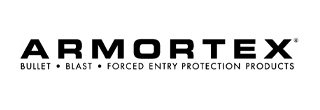
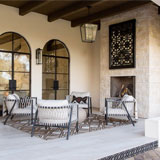

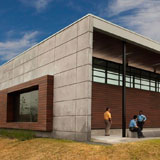
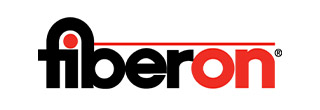
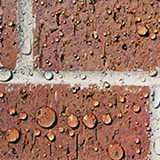
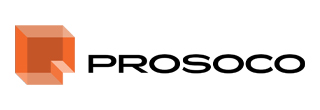
.jpg)
